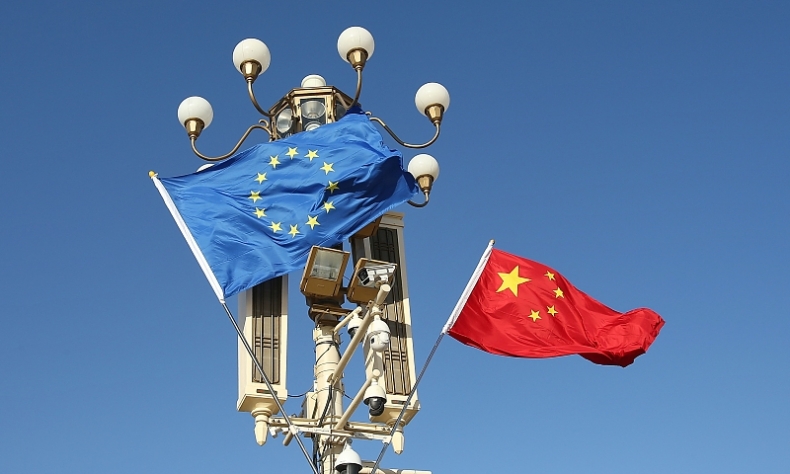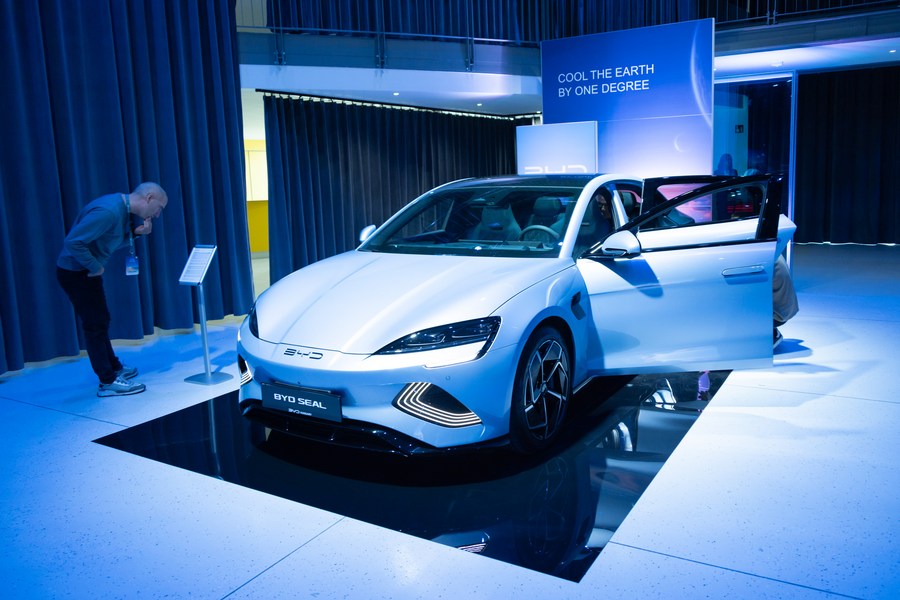The China-EU Summit Another Effort to Make Progress

Leaders should be able to elaborate on disagreements and look for compromises instead of viewing them as insuperable obstacles – this is what guarantees progress, and this is what China and the EU endeavor to achieve.
The 2023 China-EU Summit is currently taking place only a few weeks after the Sino-American meeting in San Francisco. This momentum is positive. As China and the U.S. attempt to stabilize their ties, it’s hoped that China-EU relations can follow a similar trajectory. In recent years, disagreements have tended to overshadow the agenda, especially during the COVID-19 pandemic. The lack of physical meetings did not help.
But the situation now seems different, and sincere dialogue is necessary. President of the European Council Charles Michel and President of the European Commission Ursula von der Leyen have already visited Beijing, along with High Representative for Foreign Affairs and Security Policy Josep Borrell. The stage for the 2023 China-EU Summit is thus well prepared.
China and the EU recognize the need for mutual collaboration. Trade numbers demonstrate a high degree of interconnectedness. According to Eurostat data, European imports from China reached €626 billion, and exports €230.3 billion last year. The numbers in 2019, the year before the outbreak of COVID-19, were €363.5 billion and €198.5 billion, respectively. The positive trend is evident.
The European trade deficit is a theme of concern in Brussels. That is why conversations between the Chinese and the European leadership matter. The rise of European exports to China can be part of the solution. Eurostat data demonstrate that these exports slightly increased in the first two-thirds of 2023. In particular, they reached €114.2 billion in comparison to €113 billion in the same period last year. The room for improvement is significant.

Of course, these discussions come on the back of some EU leaders wanting to reduce their dependence on Chinese goods and services. This means that the quality of trade sits at the epicenter of the talks. In 2022, the EU exported motor cars, electronic tubes, medicaments, electrical apparatus, aircraft, and associated equipment, etc. to China. Meanwhile, China exported telecommunications equipment, automated data processing machines, electrical machinery and apparatus, electronic tubes, and furniture, etc.
Sino-European negotiations will therefore focus on the interests of both sides to better access the market of the other. From the perspective of the EU, there is an appetite for some hurdles to be removed for foreign ownership to be permitted in new sectors in China. The Chinese government, for its part, notes the difficulty its companies have encountered in investing in the Old Continent in recent years.
Dialogue goes beyond trade and investments. In digital affairs, for example, Beijing and Brussels are constantly exchanging their views. This is also the case regarding environmental protection and climate change. Only a few weeks ago, China’s Special Envoy on Climate Change Xie Zhenhua met the EU Commissioner for Climate Action Wopke Hoekstra in Beijing.
Last but not least, geopolitics will also be on the agenda. The wars in Ukraine and the Middle East continuously outline the importance of stability and peace and dramatically expose risks when diplomatic arrangements are not made. The more China grows, the more its responsibilities increase. The EU considers China a central pillar in building a multilateral world.
The 2023 China-EU Summit is another opportunity for Beijing and Brussels to advance the Sino-European partnership. Disagreements certainly exist, as outlined above. Leaders, nevertheless, should be able to elaborate on disagreements and look for compromises instead of viewing them as insuperable obstacles – this is what guarantees progress, and this is what China and the EU endeavor to achieve.
 Facebook
Facebook
 Twitter
Twitter
 Linkedin
Linkedin
 Google +
Google +










